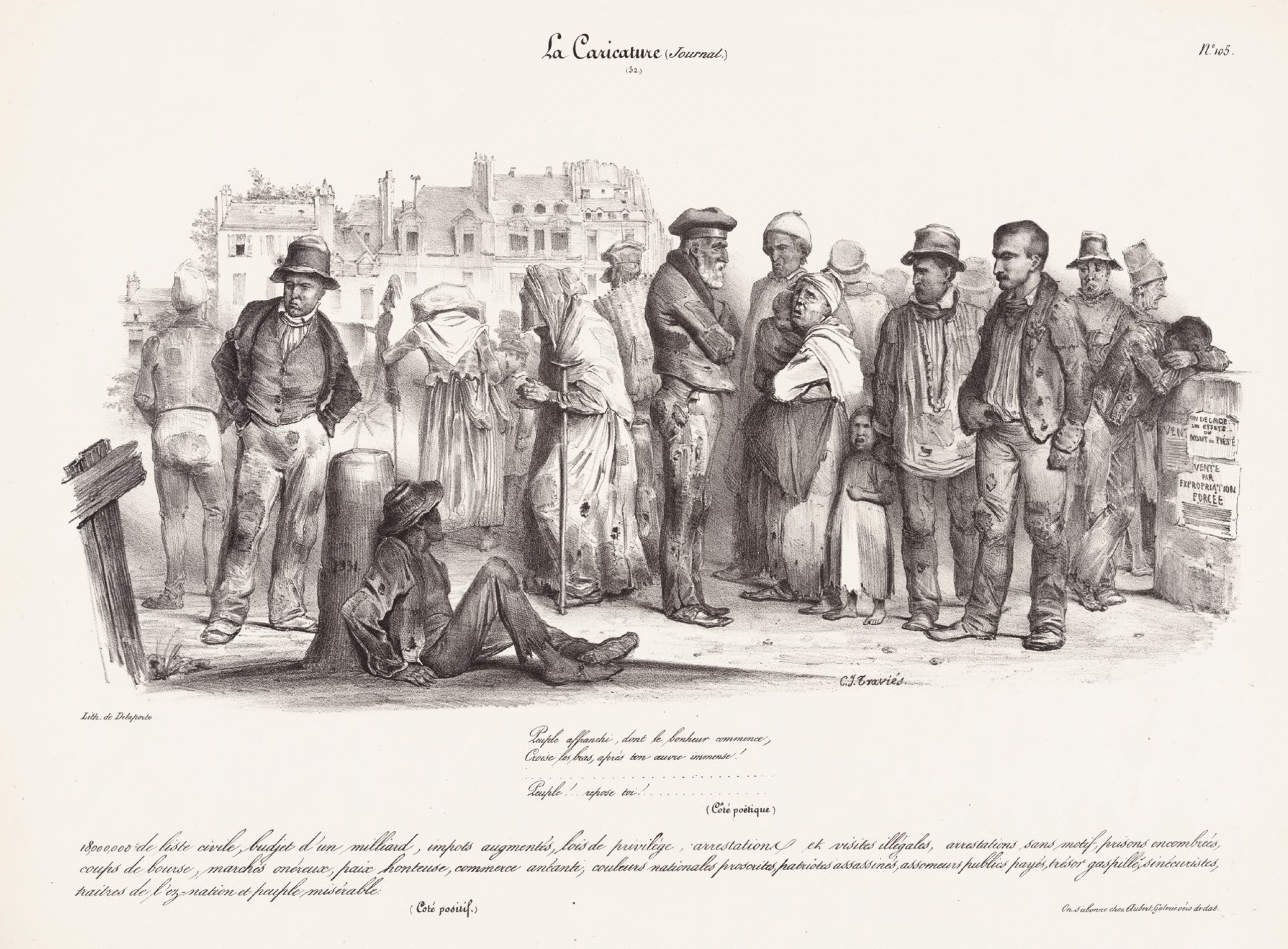Joachim Rees]
[June 4, 2006
The Recorded Other: Ethnographic Drawing, 1800-1900
In 1800, the Swiss educational reformer Johann Heinrich Pestalozzi found drawing to be “a general human matter,” “eine allgemeinmenschliche Sache.” This maxim is at once both a claim and a vision. Pestalozzi raised drawing to the rank of a fundamental anthropological fact supposedly preceding all ethnic, cultural, social, and professional differentiation. Seen before the backdrop of European tradition, however, the equalization and universalization of drawing claimed here entailed a subtle departure from the dominant art paradigm in which drawing had been embedded since the establishment of the theory of disegno in the Renaissance. This privileged status of drawing as the shared foundation of the fine arts was not only useful for separating artists from the sphere of craftsmanship, but had also earned drawing a fixed place in the cultural repertoire of the European upper classes. The ability to express oneself in
drawing was a cultural technique where mastery was de rigueur for members of both the nobility and bourgeoisie. Using textbooks, drawing lessons, and private drawing schools, the methods of the academic art practice were anchored in the education and lifestyle of the upper classes. The theory and praxis
of lay drawing might have differed from professional artistic drawing in terms of expectations, but not in relation to its overarching aesthetic apparatus of categories and “rules of truth.” …
> PDF: rees-engl


